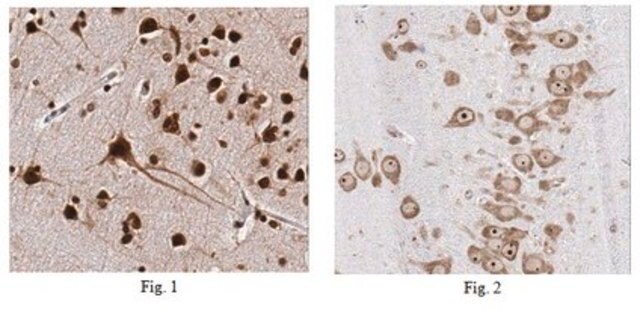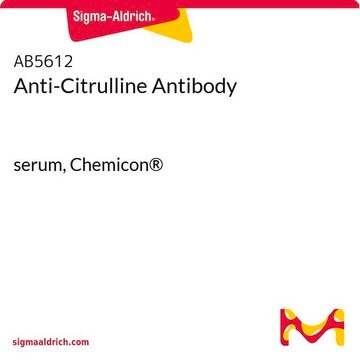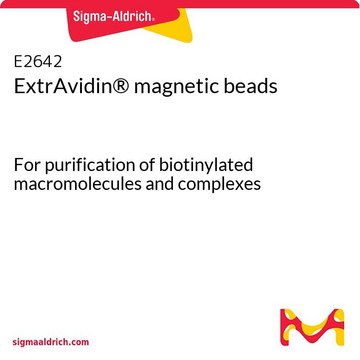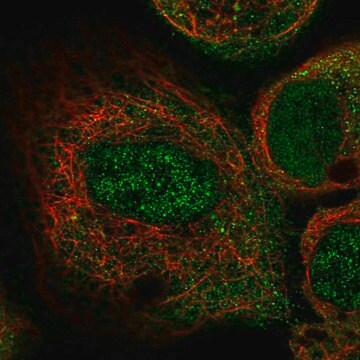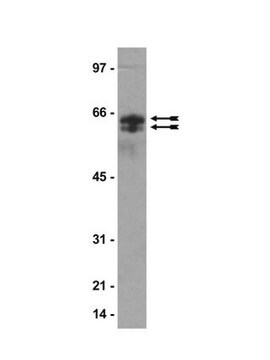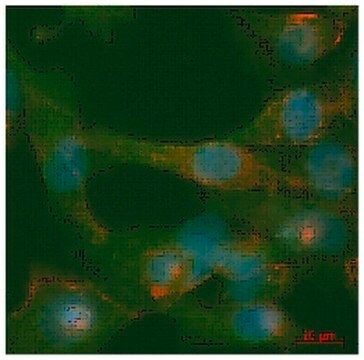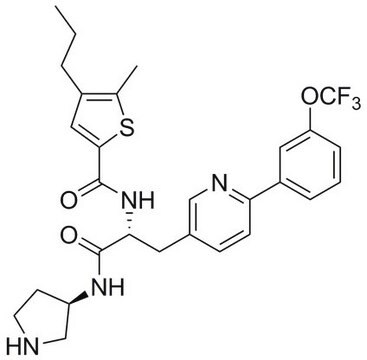I0783
Monoclonal Anti-ILK antibody produced in mouse
~2 mg/mL, clone 65.1, purified immunoglobulin, buffered aqueous solution
Synonym(s):
Anti-Integrin-linked protein kinase
About This Item
Recommended Products
biological source
mouse
conjugate
unconjugated
antibody form
purified immunoglobulin
antibody product type
primary antibodies
clone
65.1, monoclonal
form
buffered aqueous solution
mol wt
antigen ~59 kDa
species reactivity
rat, human, bovine, monkey, mouse, canine
concentration
~2 mg/mL
technique(s)
immunocytochemistry: suitable
immunohistochemistry: suitable
immunoprecipitation (IP): suitable
microarray: suitable
western blot: 0.5-2.0 μg/mL using whole cell extract of Chinese hamster ovary cell line (CHO cells)
isotype
IgG2b
UniProt accession no.
shipped in
dry ice
storage temp.
−20°C
target post-translational modification
unmodified
Gene Information
human ... ILK(3611)
mouse ... Ilk(16202)
rat ... Ilk(170922)
General description
Immunogen
Application
- immunostaining
- immunoprecipitation
- immunocytochemistry
- immunohistochemistry
- western blotting
Biochem/physiol Actions
Physical form
Disclaimer
Not finding the right product?
Try our Product Selector Tool.
Choose from one of the most recent versions:
Certificates of Analysis (COA)
Don't see the Right Version?
If you require a particular version, you can look up a specific certificate by the Lot or Batch number.
Already Own This Product?
Find documentation for the products that you have recently purchased in the Document Library.
Our team of scientists has experience in all areas of research including Life Science, Material Science, Chemical Synthesis, Chromatography, Analytical and many others.
Contact Technical Service